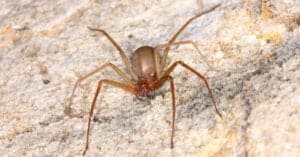Have you ever found a spider crouching in a corner of your house and wondered how many more were lurking nearby? It’s not a pleasant thought! But the truth is, spiders are among the most populous creatures on earth. As humans, we are forced to share our homes with them. So, just how many spiders are in the world? Read on to find out some creepy facts about these crawly creatures!
How Many Spiders Are in the World?
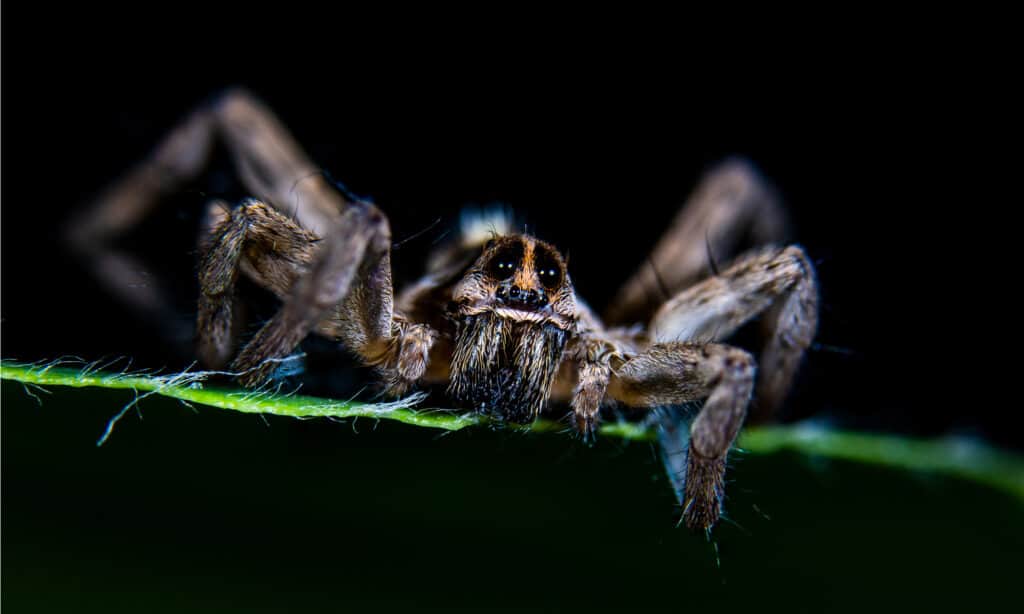
Quadrillions of spiders exist in the world in almost 50,000 known species.
©Kerry Hargrove/Shutterstock.com
According to this study, there are quadrillions of spiders in the world. To clarify, a quadrillion is 1 followed by 15 zeros. Alternatively, it is a billion multiplied by a million. So there are millions of billions of spiders on earth. That’s almost 3 million spiders for every human!
If that wasn’t disturbing enough, another study by Martin Nyffeler and Klaus Birkhofer estimates that it would take less than a year for spiders to devour the entire human race. Humans collectively make up 287 million tons of biomass, which sounds like a lot. However, spiders worldwide consume about 400-800 million tons of biomass annually. Going by those statistics, they could easily eat every human on earth in twelve months and still be hungry for more!
Thankfully, spiders don’t prey on humans. Their usual diet consists of insects and bugs, often other spiders. Some species even eat plant matter. With almost 50,000 known species in the world and possibly as many as 50,000 yet undiscovered, there is considerable variation.
Number of Spiders by Continent
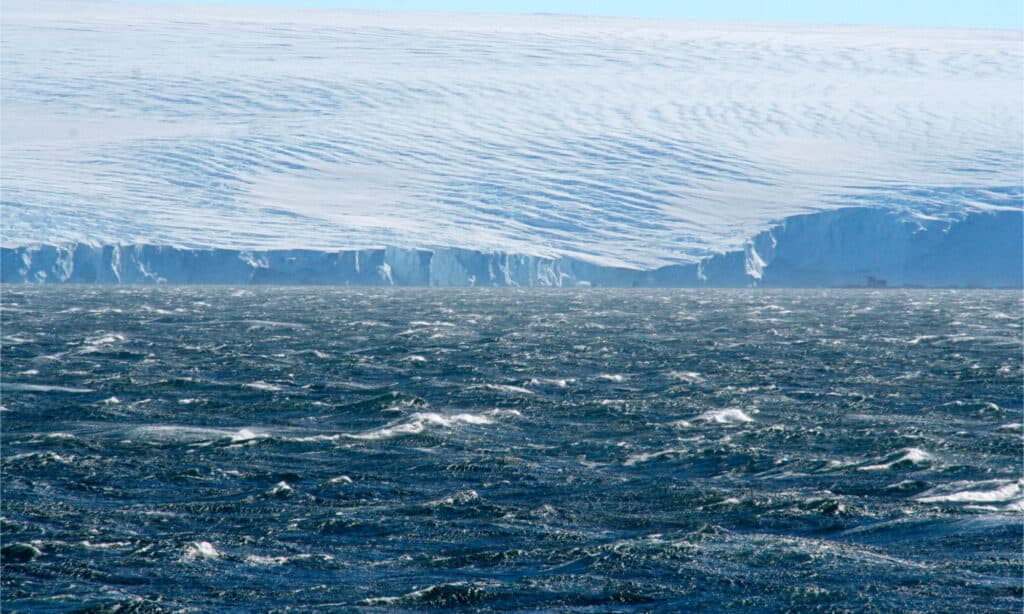
Antarctica is the only continent where there are no spiders.
©ENVIROSENSE/Shutterstock.com
Every continent but one contains spiders. Below are rough estimates of the number of species on each continent, though these estimates are by no means exhaustive.
North America
Of the nearly 50,000 known spider species in the world, North America is home to over 4,000. Most of these are not dangerous to humans since only 30 species of spiders worldwide are capable of causing us harm. However, there are a few that can do serious damage and even cause death. Among them are the wolf spider, the southern black widow spider, and the brown recluse spider.
South America
South America is a hotbed for wildlife of all kinds, and spiders are no exception. It is estimated that over 8,300 species of spiders reside on this continent. Among the most venomous are the Brazilian wandering spider, the Chilean recluse spider, and the Goliath birdeater.
Africa
Africa is supposed to be home to almost 8,000 known spider species, not including the possibility of many more. Many of these species, up to 3,000, call South Africa home. Some of the deadliest are the six-eyed sand spider, the button spider, and the baboon spider.
Asia
Although an exact number is difficult to pin down, there are approximately 1,800 species of spiders in Southeast Asia alone, and thousands more in other regions. Spiders to watch out for include the Chinese bird spider, the six-eyed sand spider, and the cobalt blue tarantula.
Europe
Though some consider it an ideal destination, Europe nevertheless contains almost 4,500 known spider species. Types to avoid include the comb-footed spider, the yellow sac spider, and the Mediterranean black widow spider.
Australia
Perhaps unsurprisingly, Australia has a frighteningly high estimate of 10,000 local species of spiders. Its wildlife gives Australia a fearsome reputation, and its arachnids are no exception. Residents and travelers should be especially cautious of the trapdoor spider, the Sydney funnel-web spider, and the redback spider.
Antarctica
If you want to go somewhere on earth without a single spider, Antarctica is your best bet. This frozen continent contains not a single one! The closest thing would be the sea-dwelling giant Antarctic sea spider. While this creature sounds (and looks) horrific, it’s not a true spider. Additionally, despite being 30 cm in diameter, it neither bites nor has any venom, rendering it harmless to humans.
The World’s Largest Spider

The Goliath birdeater is the largest spider on earth, with a body length of up to 5.1 inches.
©Milan Zygmunt/Shutterstock.com
Spiders aren’t only feared for their venom. Their appearance can be frightening and revolting in and of itself. Arachnophobes, or those with a fear of spiders, often can’t even look at them without a visceral reaction. For this reason, the Goliath birdeater is the most terrifying of all.
This tarantula is the largest living spider in the world by both length and weight. With a body length of up to 5.1 inches and a leg span of up to 11 inches, it’s no wonder it weighs in at a whopping 6.2 ounces. Even worse, its fangs can grow to be 1.5 inches long.
This spider makes its home in the rainforests of northern South America, such as in Venezuela and Brazil. While it is capable of inflicting a painful bite on humans, the Goliath birdeater’s venom is not dangerous.
The World’s Smallest Spider
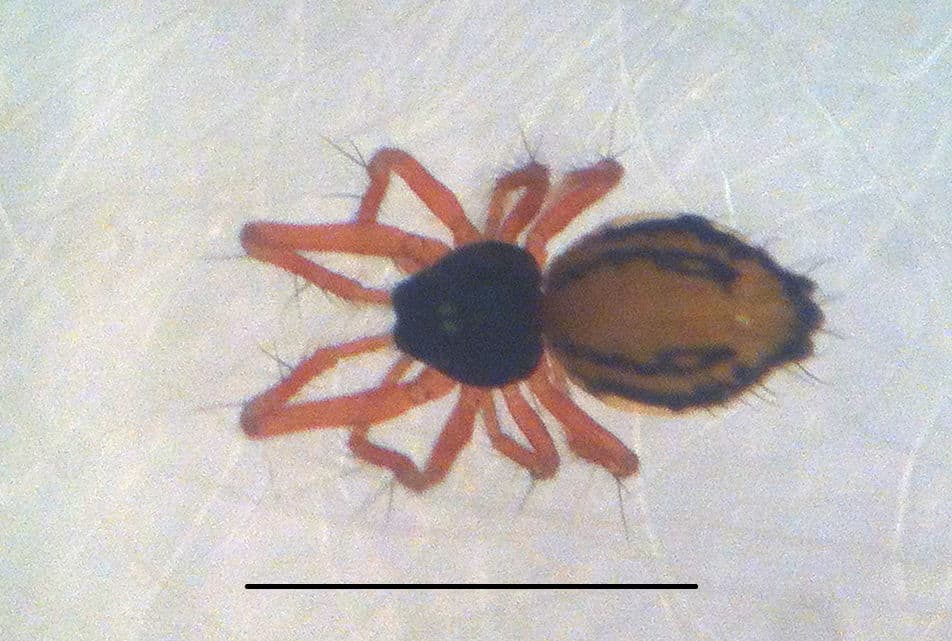
The
Patu diguaspider of the
Symphytognathidaefamily is likely the world’s smallest spider.
©Miller J, Schilthuizen M, Burmester J, van der Graaf L, Merckx V, Jocqué M, Kessler P, Fayle T, Breeschoten T, Broeren R, Bouman R, Chua W, Feijen F, Fermont T, Groen K, Groen M, Kil N, de Laat H, Moerland M, Moncoquet C, Panjang E, Philip A, Roca-Eriksen R, Rooduijn B, van Santen M, Swakman V, Evans M, Evans L, Love K, Joscelyne S, Tober A, Wilson H, Ambu L, Goossens B (2014) / CC BY 4.0 – Original / License
The world’s smallest spider is the subject of some debate. The Guinness Book of World Records lists several possible contenders, all from the taxonomic family Symphytognathidae. Contenders include the Patu digua spider, with a body length of 0.37 millimeters, and the Samoan moss spider, with a body length of 0.4 millimeters. Also, a Frade cave spider gave a measurement of 0.43 millimeters, while a dwarf orb weaver was noted at 0.48 millimeters.
Based on these statistics, most people accept the Patu digua as the winner. With a body a fraction the size of the head of a pin, it is difficult to spot with the naked eye. It is not dangerous to humans.
The World’s Most Dangerous Spider
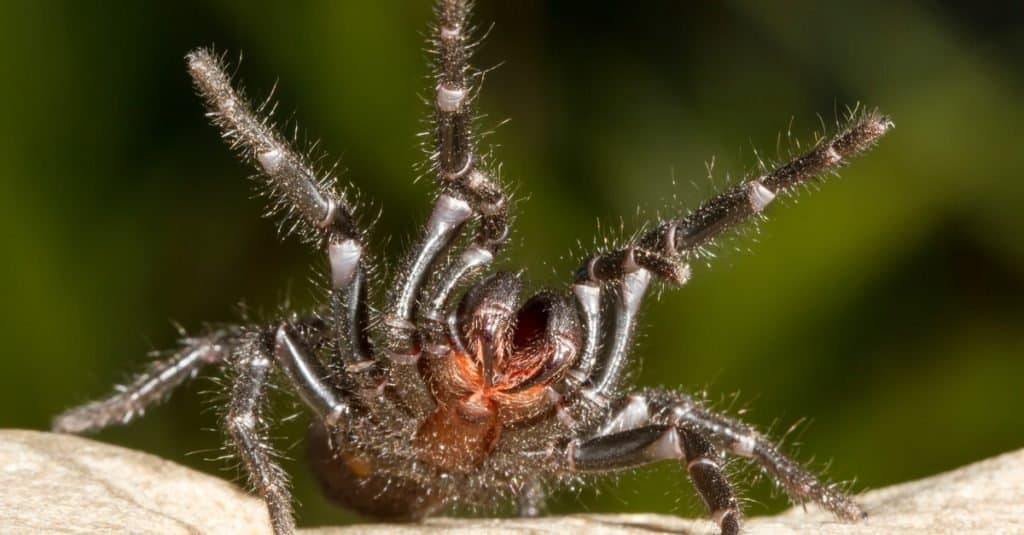
The world’s most venomous spider is the Sydney funnel-web spider.
©Ken Griffiths/Shutterstock.com
Most spiders are venomous, and all spiders bite. However, most spiders either don’t have venom potent enough to harm humans, or else they aren’t large enough to inflict an actual bite. But of those that are capable, which spider in the world is the deadliest?
That title goes to the Sydney funnel-web spider. It is native to Australia and found nowhere else in the world. In fact, it can’t be found outside a 99-mile radius of Sydney. Its body can be up to 2 inches long, with legs up to 2.75 inches in length. It is usually black, brown, or black with hints of blue. Its fangs are so long that they can bite through clothing or even shoes, meaning footwear offers very little protection.
The Sydney funnel-web spider is held to be so deadly because its venom kills within a few minutes of injection. This means the chances of getting an antivenin are low. It is also extremely aggressive and will attack anything it perceives to be a threat.
Because there are so many species of spiders, and because they are so different in size, just about any country in the world can contain them. Fortunately, most spiders are not dangerous to humans and will not attack if left to themselves.
Thank you for reading! Have some feedback for us? Contact the AZ Animals editorial team.







